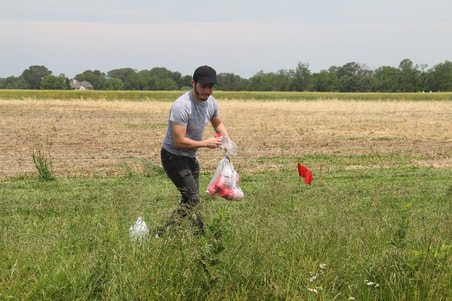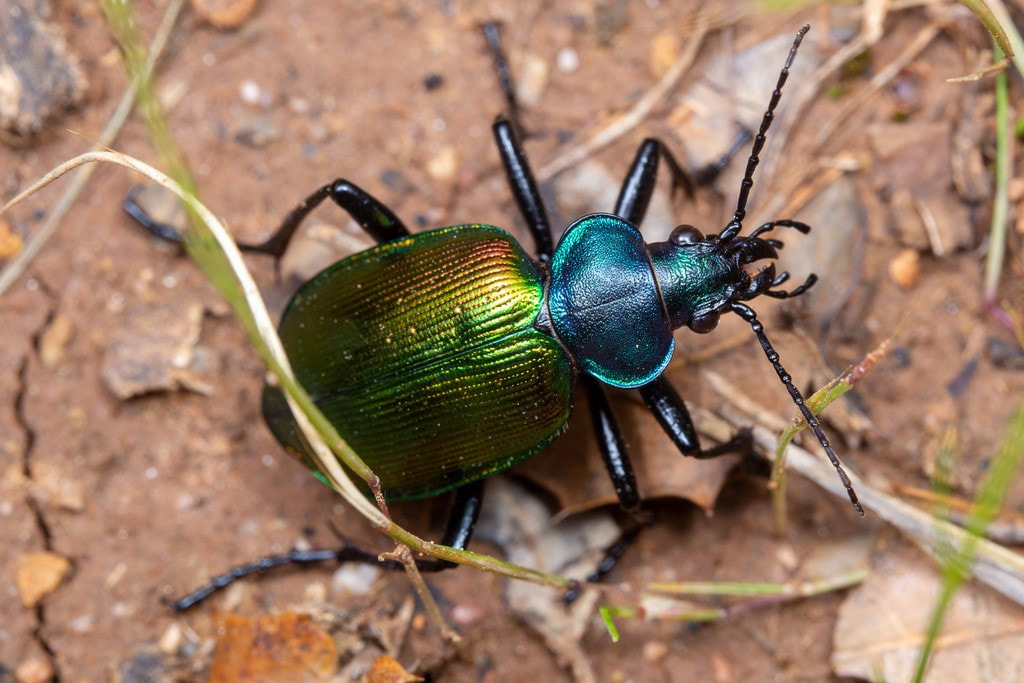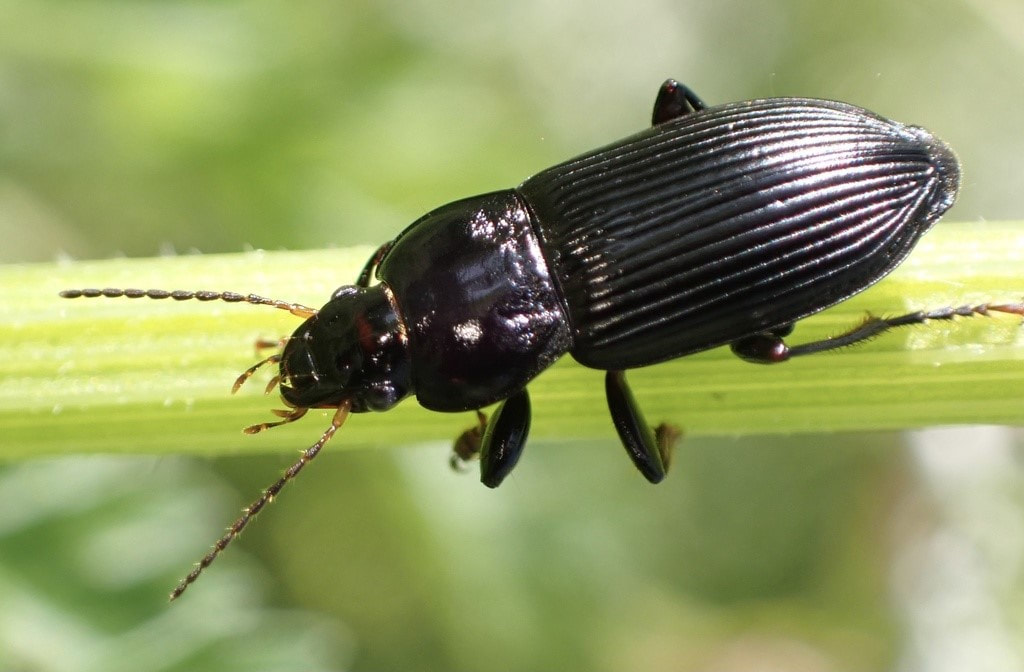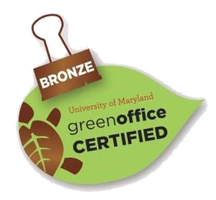Ground beetles, a well-studied group of natural enemies that prey on both animal and plant pests, have been observed to consume their body weight in pest insects each day, making them very useful to farmers. These beetles are diverse and abundant throughout North America and are a common component in Conservation Biological Control (CBC). CBC is a practice that enhances natural enemy populations via habitat and resource provisioning. Past studies demonstrated the utility of different semi-natural habitats to enhance ground beetle populations[1]. One semi-natural habitat on farms that has received little attention is agricultural drainage ditches. Agricultural ditches are a common feature of the flat Delmarva Peninsula. They help farmers drain excess water from irrigated land that have high-water tables. Agricultural ditches in farms on Maryland’s eastern shore often hold water throughout the year, add contour to the landscape, and provide a gradient of microhabitat conditions; characteristics that potentially make them a great habitat for diverse ground beetle communities. Most ground beetle genera overwinter as pupae or adults and previous work demonstrated that increased ground cover increases overwintering survival[2],[3]. Ali’s work set out to quantify the impact that increased ground cover, as facilitated by the addition of straw and altering mowing practices in ditches, had on ground beetle activity-density. Activity-density measures the activity and abundance of organisms within a given area. Although it is not a perfect measure of abundance, it is a widely accepted metric in studies involving ground beetle ecology. To test if increasing ground cover results in increased ground beetle activity-density, straw was added to some ditches, which were either mowed in the fall (the usual mowing regime) or spring. Activity-density was measured across four treatments using pitfall traps (straw-spring mow, no straw-spring mow, straw-fall mow, and the control, no straw-fall mow). Over the 2 years of study, Ali found that, among fall-mowed plots, the addition of straw increased ground beetle activity-density by 203%. The addition of straw in spring-mowed plots also increased ground beetle activity but by a lesser amount (33%). These results demonstrate that a simple change (the addition of straw) to farmers’ usual ditch management practices (fall mowing), can have a large and positive impact on ground beetle populations, and potentially the beneficial services these populations provide. Ali also investigated ground beetle activity-density within agricultural ditches and in their adjacent fields to determine if there is a correlation between activity-density in these habitats. Increased activity in ditches, Ali suggests, could be assumed to correlate with pest suppression in the fields. By quantifying and identifying different beetle genera at points 5 and 30 meters from ditches, Ali found that ground beetle behavior varied across different genera. Some genera, such as Calosoma (fig. 1), preferred field habitats. Others, like Anisodactylus (fig. 2) and Poecilus, preferred ditch habitats. Ali also found that increased populations of certain genera in ditches (e.g. Poecilus), were related to increased activity-density in adjacent fields. Patterns of ground beetle activity, however, were not similar across all genera. More genus-specific research is needed to better understand how to optimize the potential pest control services provided by different genera. Ali's work demonstrates that specific ditch management practices such as increased ground cover and fall mowing can enhance the activity-density of ground beetles. His work suggests that different agricultural drainage ditch management practices may enhance natural pest control in fields. Alis’ work, however, also points to areas needing more research, specifically work that concentrates on maximizing the ecosystem services provided by different genera of ground beetles. Such research could help farmers implement sustainable agricultural systems. Authors: Robert Salerno (he/him) is an M.S. student in the Lamp Lab at the University of Maryland investigating soil quality and subterranean arthropod communities between conventional and progressive forage/livestock cropping systems. Megan (Rho) Ma (they/them) is a Ph.D. student in the Shultz (University of Maryland) and Wood Lab (Smithsonian National Museum of Natural History) studying the evolution and functional morphology of spider chelicerae. References:
[1] MacLeod, A., Wratten, S. D., Sotherton, N. W., & Thomas, M. B. (2004). “Beetle banks” as refuges for beneficial arthropods in farmland: Long-term changes in predator communities and habitat. Agricultural and Forest Entomology, 6(2), 147–154. [2] Dennis, P., Thomas, M., & Sotherton, N. (1994). Structural Features of Field Boundaries Which Influence the Overwintering Densities of Beneficial Arthropod Predators. Journal of Applied Ecology, 31(2), 361-370. [3] Frank, T. and Reichhart, B. (2004) Staphylinidae and Carabidae overwintering in wheat and sown wildflower areas of different age. Bulletin of Entomological Research, 94(3), pp.209-217 Comments are closed.
|
Categories
All
Archives
June 2024
|
Department of Entomology
University of Maryland
4112 Plant Sciences Building
College Park, MD 20742-4454
USA
Telephone: 301.405.3911
Fax: 301.314.9290
University of Maryland
4112 Plant Sciences Building
College Park, MD 20742-4454
USA
Telephone: 301.405.3911
Fax: 301.314.9290




 RSS Feed
RSS Feed




